Seed capital
/When starting your urban farm one of the areas that can be a little overwhelming is the sheer variety of seeds. I’m not talking about all the plants you could grow, just the seeds for one plant you wish to grow. To prove the point, type ‘lettuce’ into most online seed stores; on one very popular US store they have 151 pages (15 seeds to a page) just for lettuce and associated salad stuffs. That’s before we’ve even got into the debates about genetic modification, heirloom seeds, hybrids, purebreds (plants that will produce viable seeds once matured) etc. We’ll leave that for another blog, but for now, keep it simple!
One of the most fun ways to get started is to look at what you’re already eating and grow from what you’d normally dispose of. Those seeds you scrape out as you prepare food are potential new crops, just as past-its-best veg or fruit in your fridge or cupboard can be a new plant. This approach can be hit and miss – for the abovementioned seed viability issues, amongst others – but it’s not much effort, so what have you got to lose? So let’s look at how.
Harvesting seeds
With some plants it’s very easy, as often you won’t eat (all, or any) of the seeds. So next time you’re preparing chilli, or capsicum, or melon (and so on, and on) and scraping out those seeds, keep some. Similarly, if a fruit you’d normally eat (I include cucumber, tomatoes and so on as fruits here) is going a bit squidgy or mouldy, keep the seeds.
If you read various books, articles and posts about how to prepare the seeds it can be quite complicated, but it’s not. When you buy a packet of seeds they are usually dry. That’s all you have to aim for. So if they start in mushy and pulpy form – like the aforementioned mouldy tomato – dry them out. You’ll need to clean the rotting residue off, but that’s easy enough in water. Then just dry them out, simple.
A capsicum/pepper I grew from seed, and as the various plants develop I will thin out to leave the two strongest plants with adequate root space, and re-plant or discard the other stems.
You can sometimes skip that step if you cut corners, like I often do. I’ve stuck passion fruit seeds straight into soil, and even a fallen cashew fruit seed picked-up on a holiday in West Africa. The latter I really did not know how to grow in my South London kitchen, but grow it did. Experimenting by trial and error is fun, but if you’re a little hesitant, just start with capsicum/pepper or chilli, it’s surprisingly easy in most indoor climates:
Plant recycling
The other source of potential crops is the offcuts and spoiling fruit and veg you have lying around. One of my neighbours stuck a pineapple top in the ground a few weeks ago, which I thought was a good use of the otherwise dead space that Ranulph loves to patrol for cats, while pretending he’s not scared of the toads, wind and large leaves.
I appreciate that the tropical climate for pineapple growing may not be something you all benefit from. But the slideshow below depicts a selection of possible alternatives:
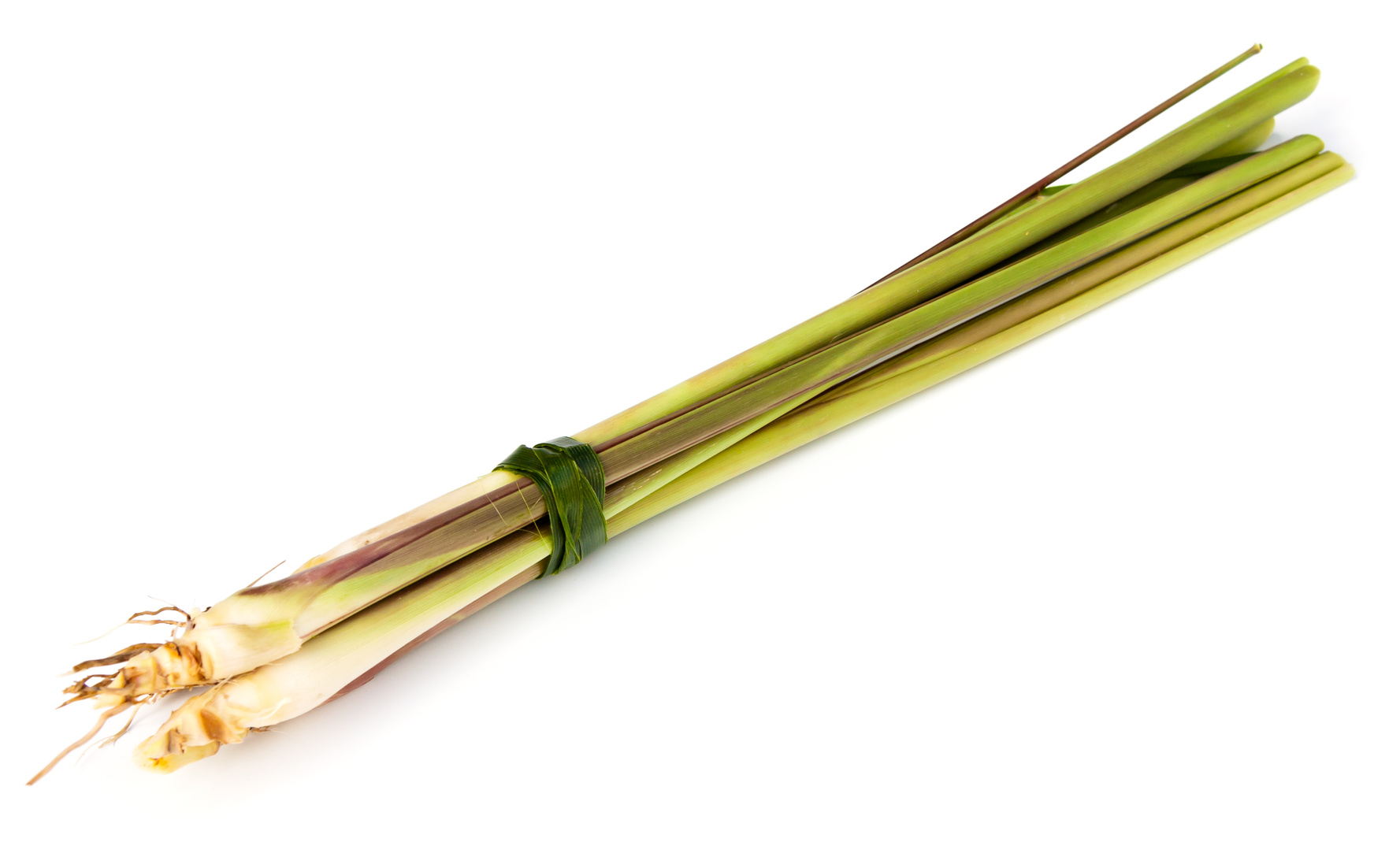
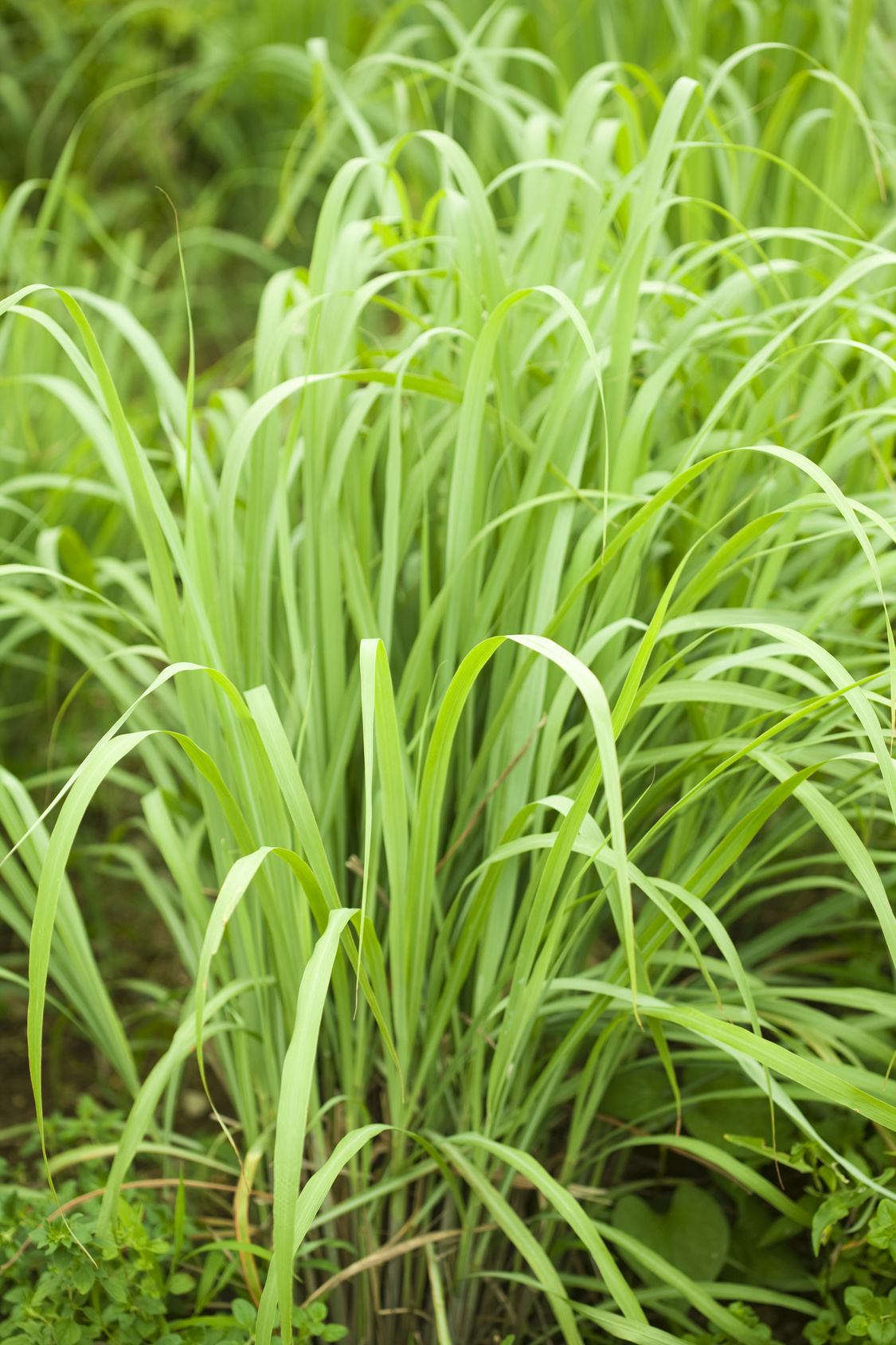

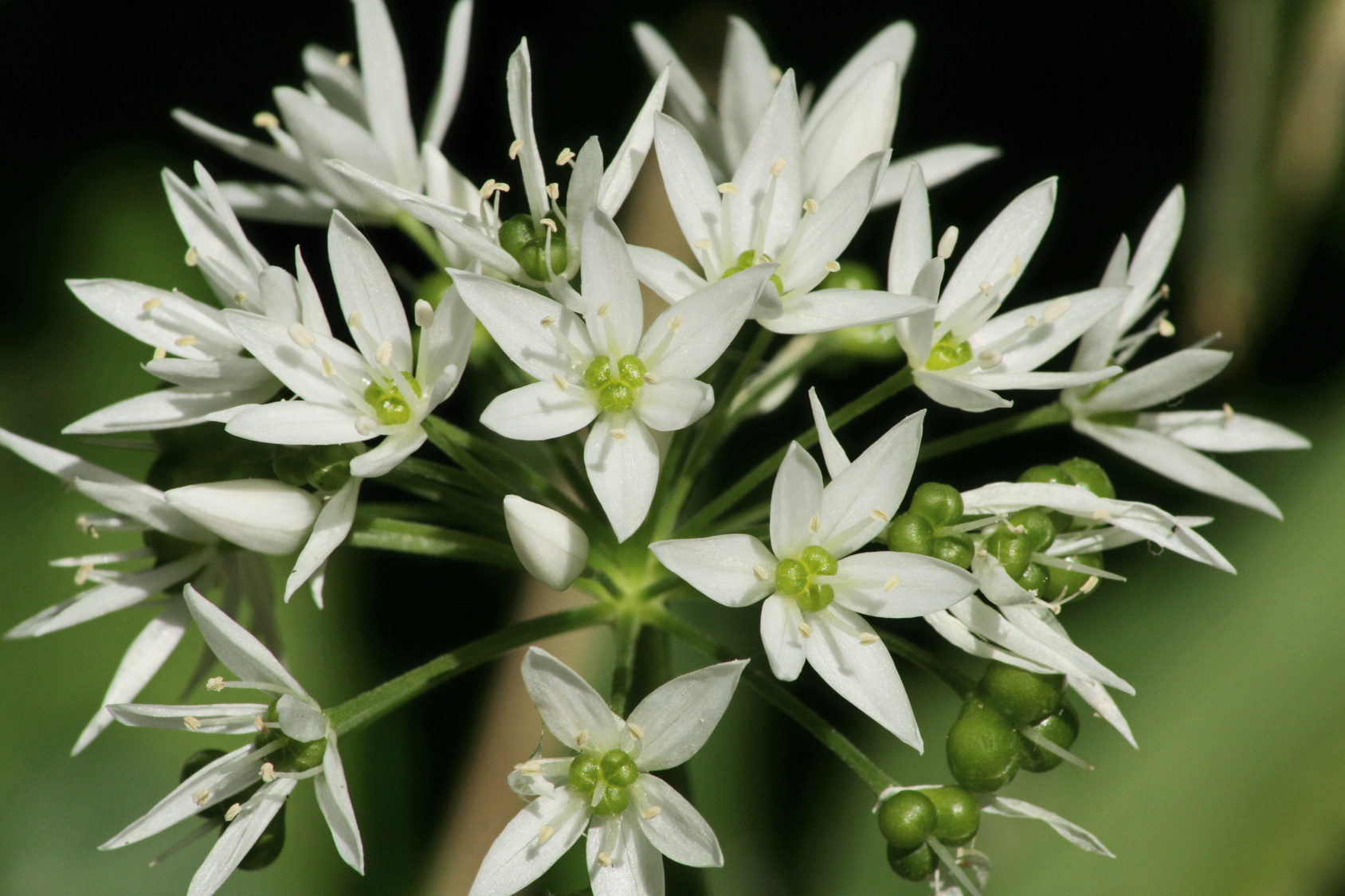
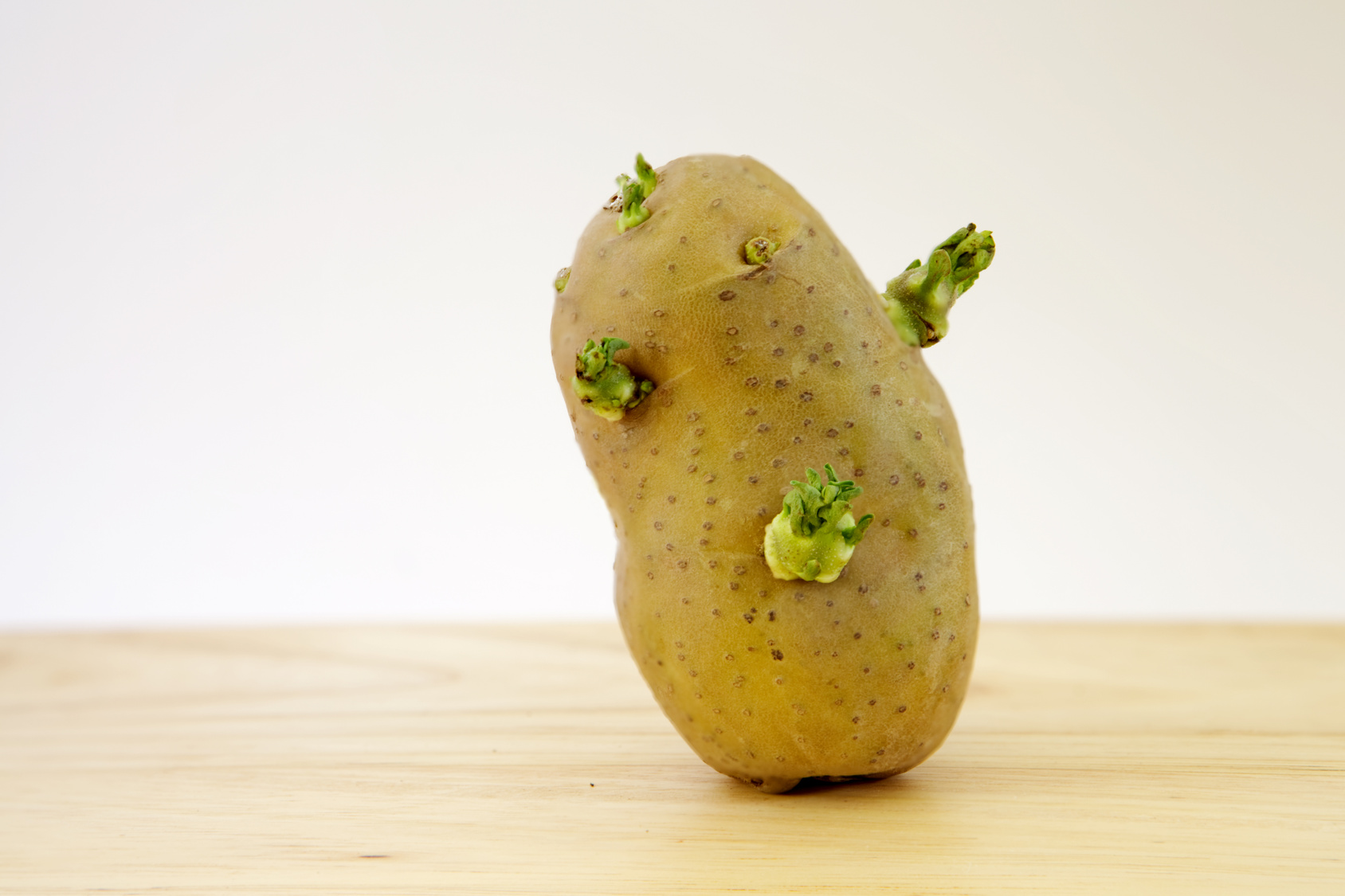


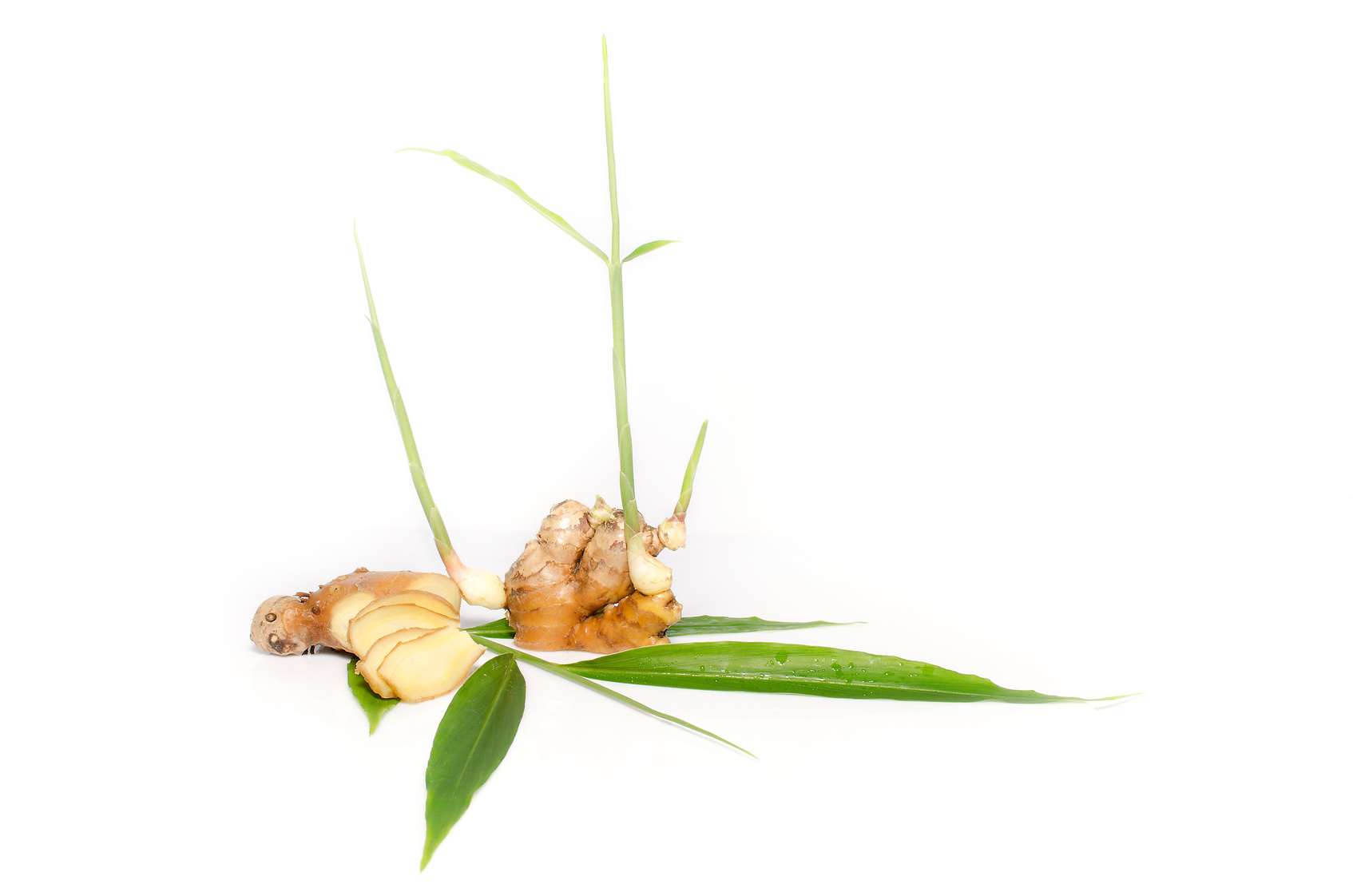

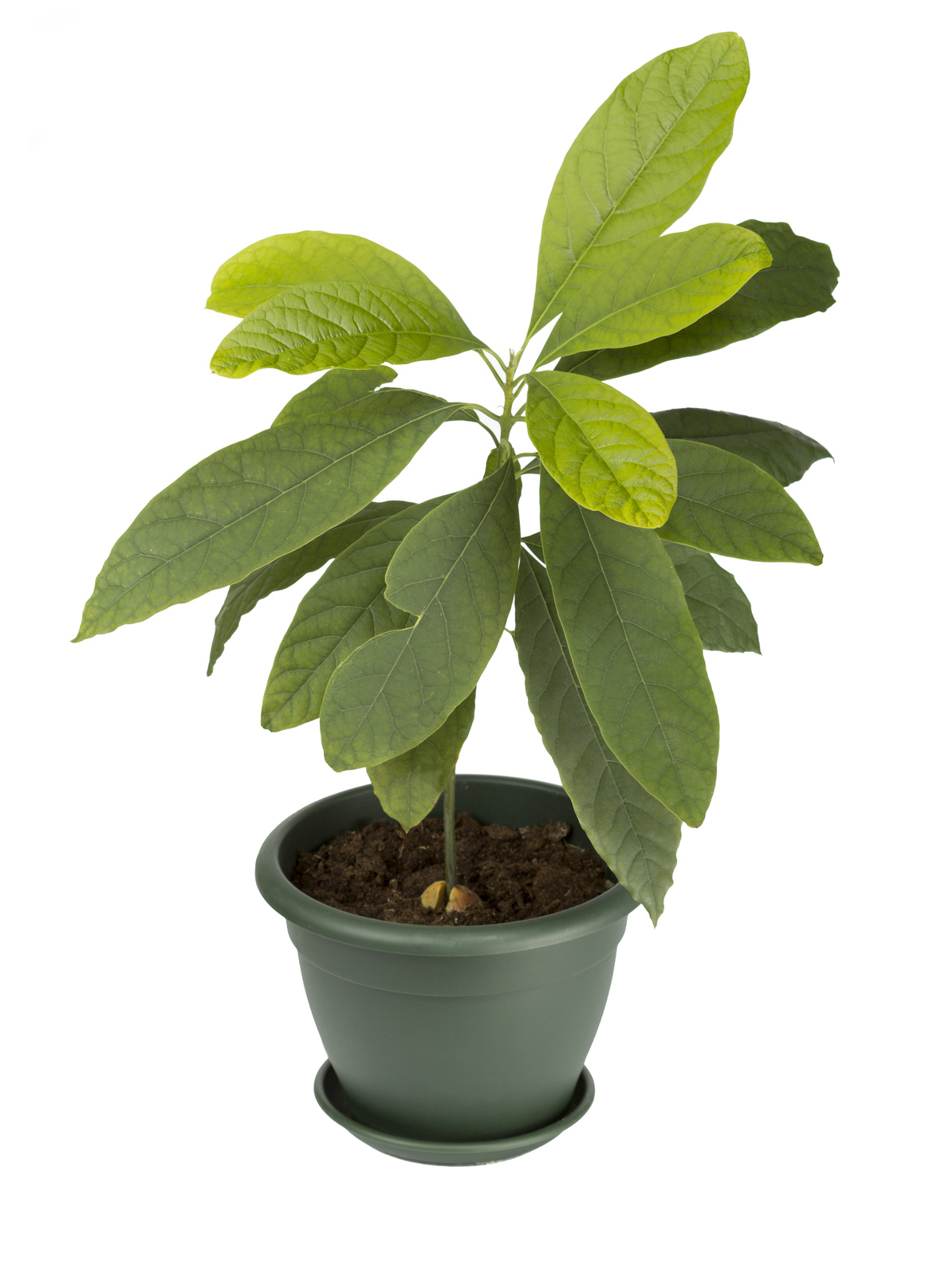
That sample is by no means exhaustive, and sign-up or come back again as we build up the growing guide databases. Now, happy experimenting!


